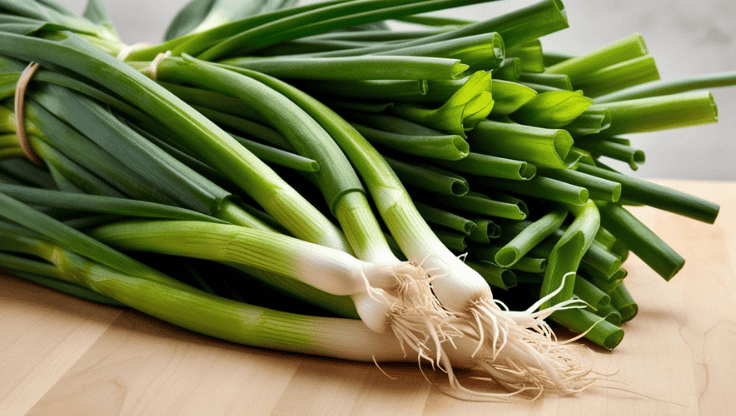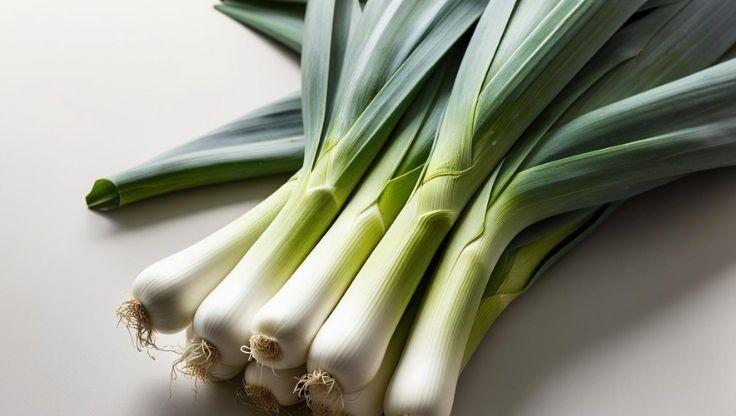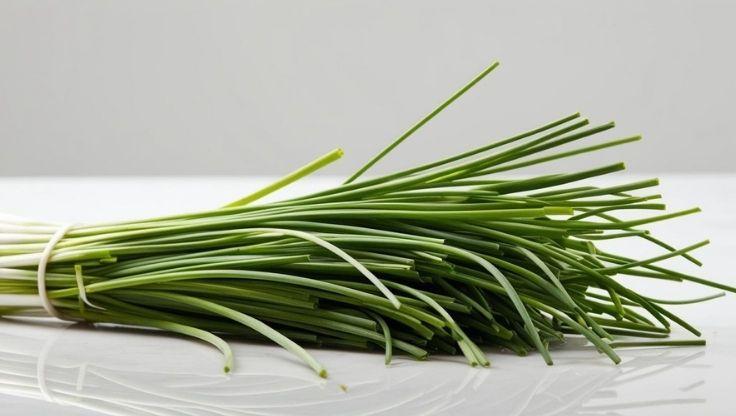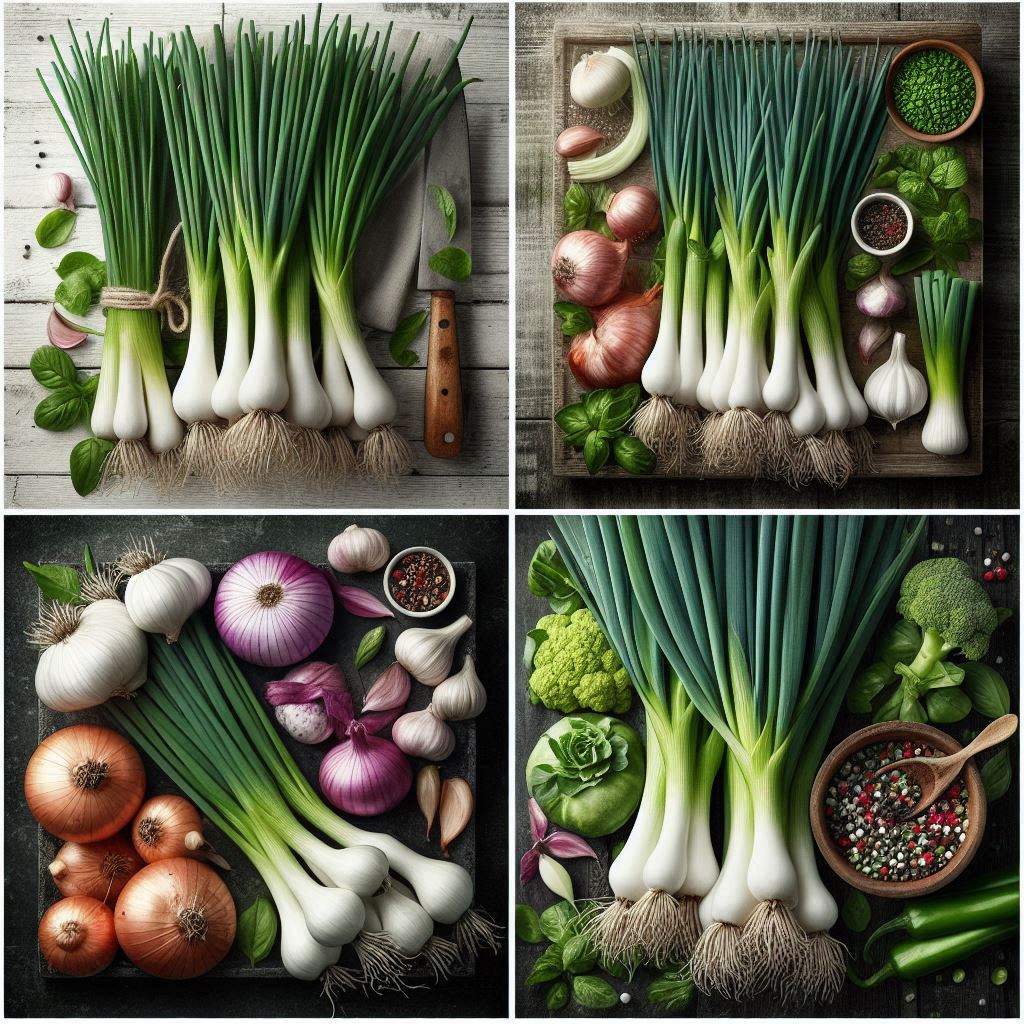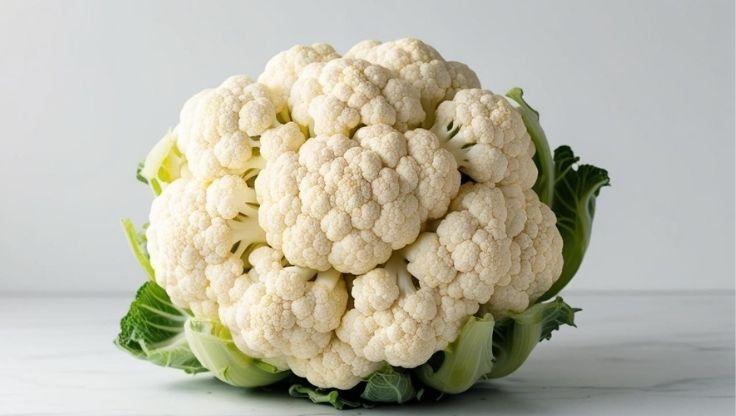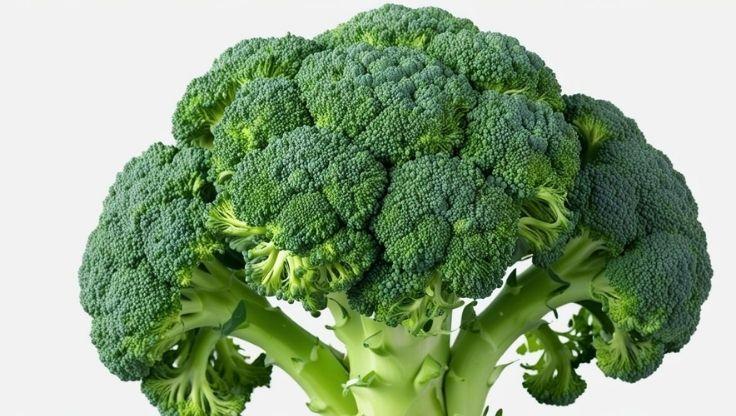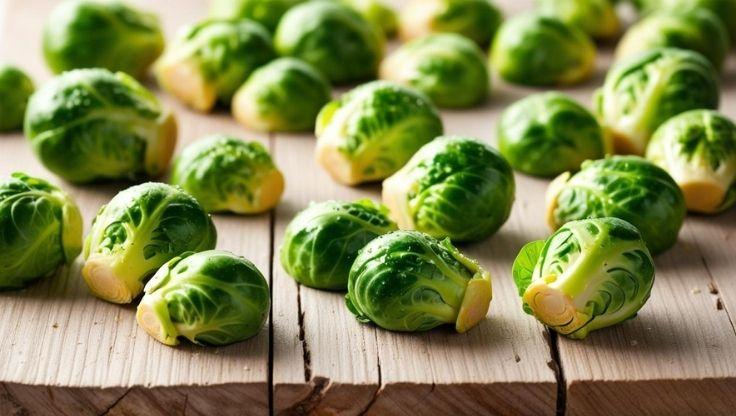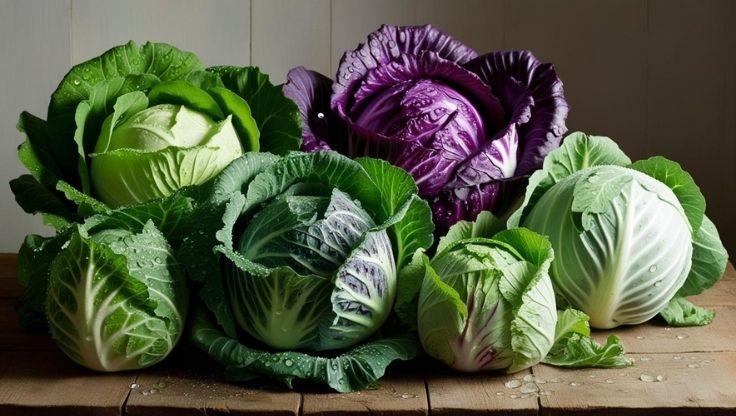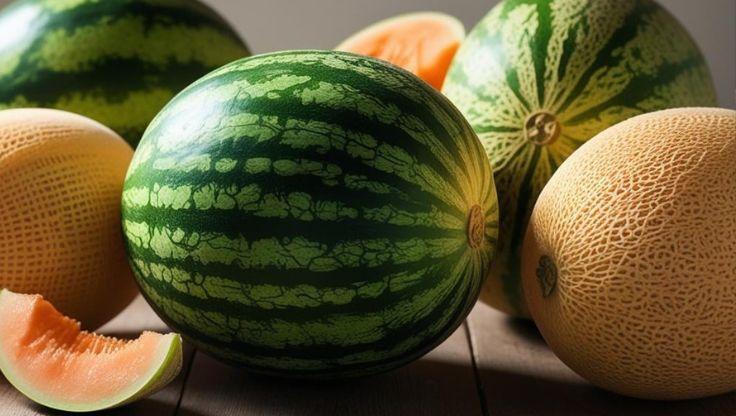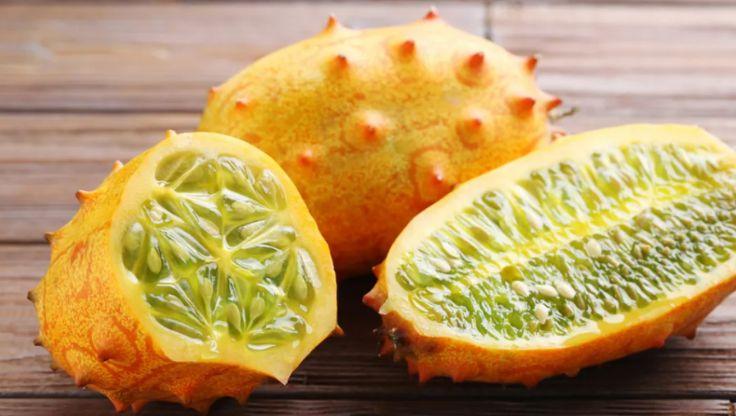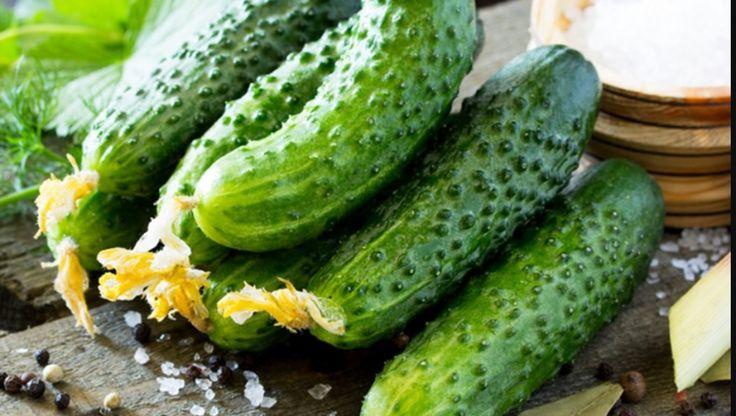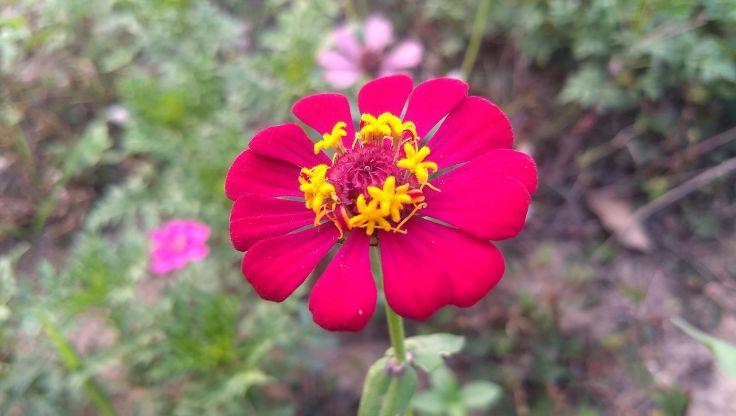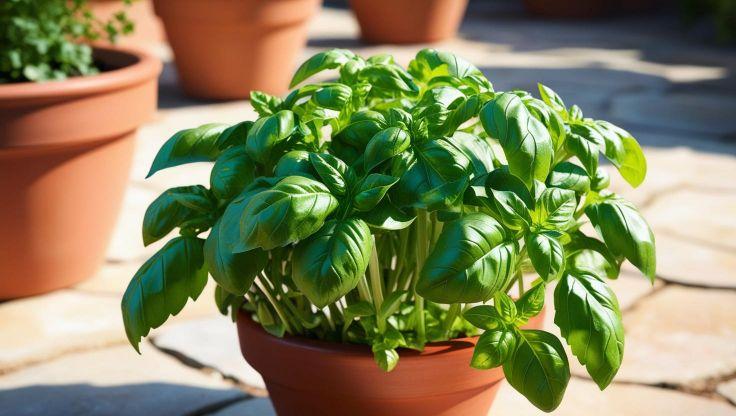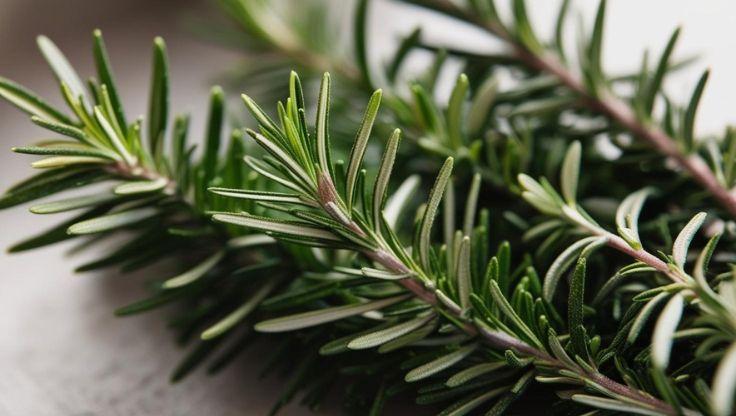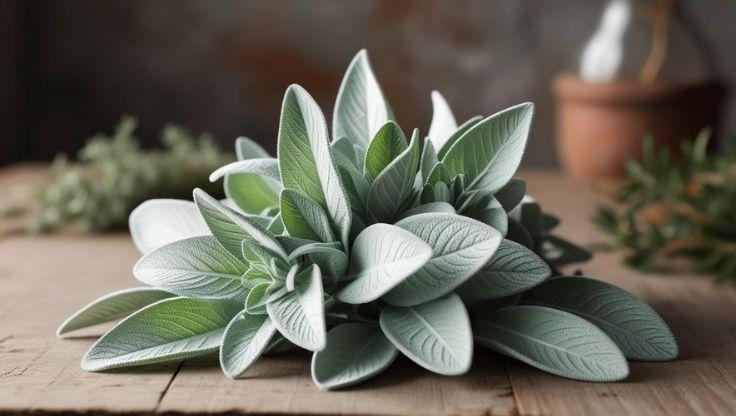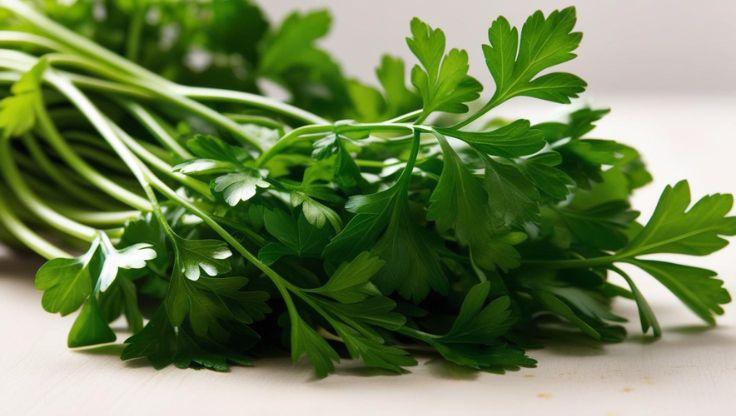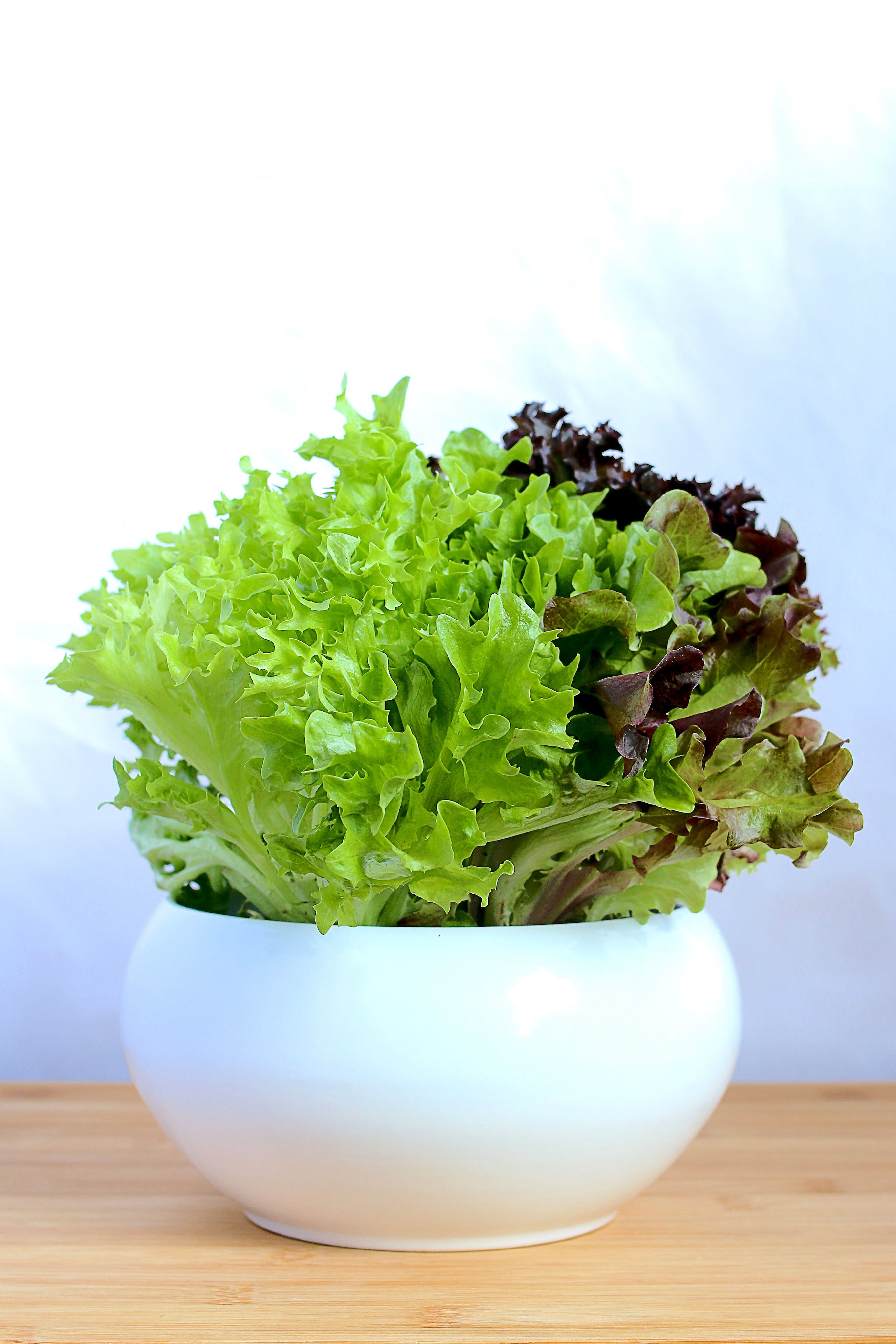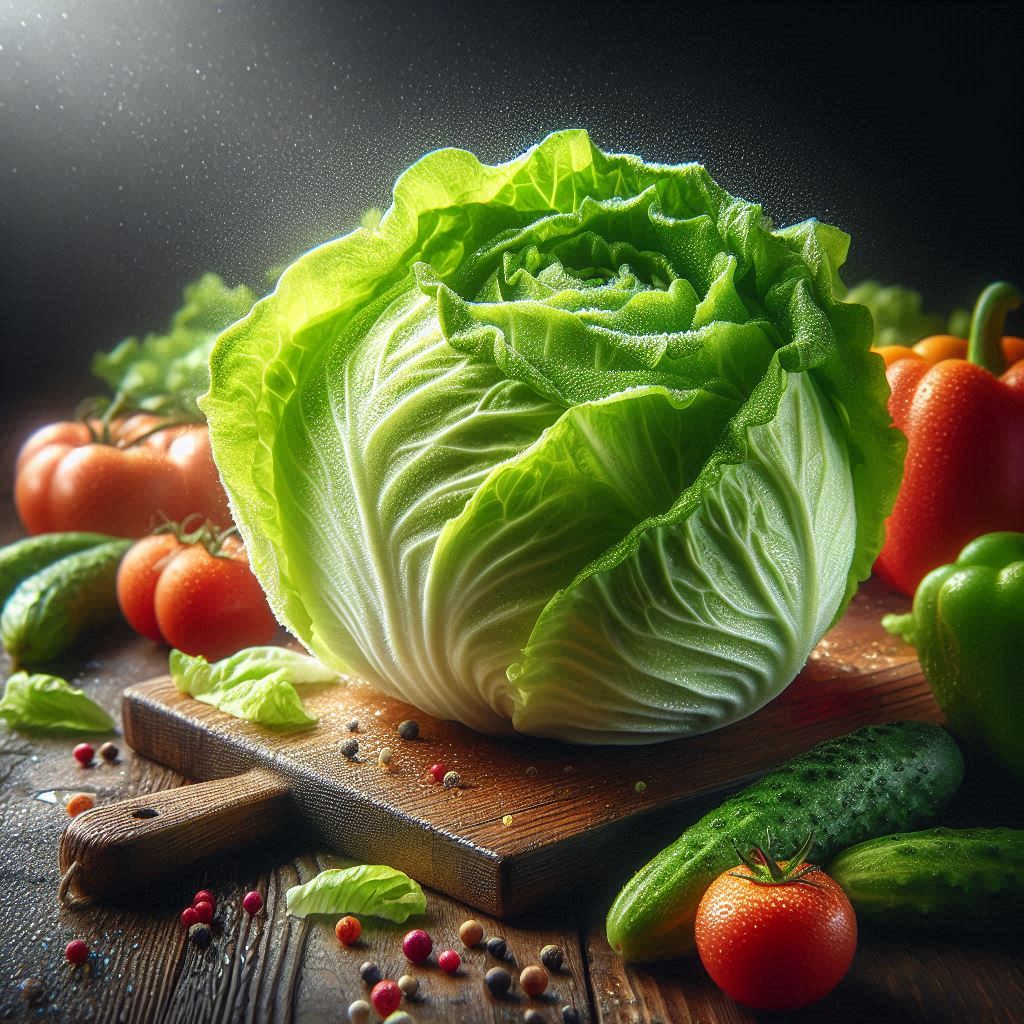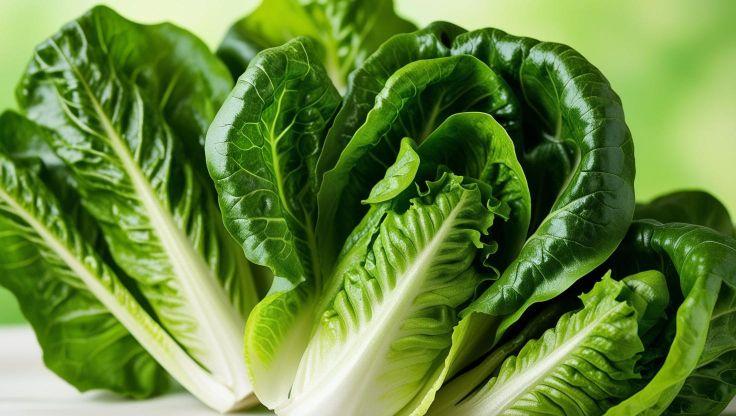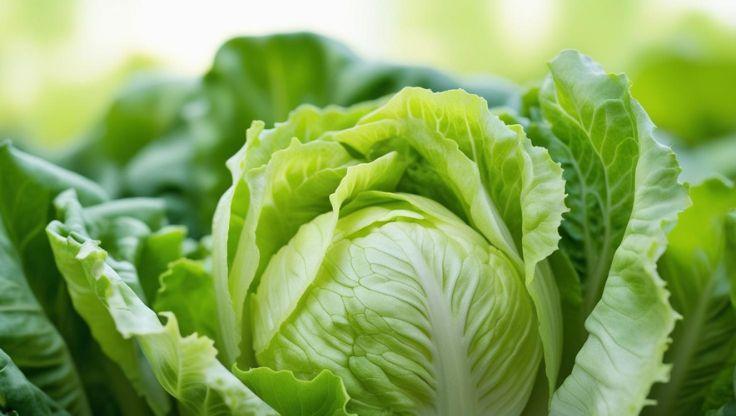Hydroponic Plants: A Guide to Growing Bok Choy in a Hydroponic System
Bok choy (Brassica rapa var. chinensis), a nutrient-rich Brassica vegetable, is widely cultivated for its crisp texture and mild flavor. Originating from China, bok choy has been a staple in Asian cuisine for centuries. Unlike traditional soil-based farming, hydroponic plants thrive in controlled environments, ensuring optimal nutrient absorption and faster growth. The hydroponic system eliminates soil-related challenges, leading to higher yields and superior plant quality.

Optimized Hydroponic Growing Conditions for Bok Choy
Bok choy is a highly adaptable hydroponic plant, thriving in controlled environments where nutrient delivery, light exposure, and climate conditions are precisely managed. By maintaining optimal pH, electrical conductivity (EC), lighting, temperature, and humidity, growers can maximize yield and quality.
Ideal pH and EC Levels for Hydroponic Bok Choy
Maintaining the correct pH and EC levels is essential for nutrient absorption and overall plant health. Bok choy requires a pH range of 6.0–7.0, which facilitates efficient uptake of essential minerals. The ideal EC range is 1.5–2.5 mS/cm, ensuring a balanced concentration of dissolved nutrients in the hydroponic solution. These parameters support healthy root development and vigorous leaf growth, preventing deficiencies that could hinder growth.
Light, Temperature, and Humidity Requirements
Bok choy requires 14–16 hours of light daily, preferably from full-spectrum LED grow lights, which provide consistent illumination without excessive heat. The optimal temperature range is 18–24°C, ensuring steady growth while minimizing plant stress. Additionally, maintaining humidity levels between 60–70% is essential to prevent fungal diseases and promote healthy leaf development. Proper air circulation and humidity control help sustain a thriving growing environment.
Optimized Nutrient Solutions & Water Management for Hydroponic Bok Choy
Bok choy is a fast-growing hydroponic plant, requiring precise nutrient balance and water management to thrive in a controlled environment. Ensuring optimal nutrient delivery and maintaining water quality are essential for vigorous growth and high yields.
Macronutrients for Hydroponic Bok Choy
A well-balanced nutrient solution rich in nitrogen (N), phosphorus (P), and potassium (K) is crucial for robust leaf development. The recommended ratio for hydroponic bok choy varies by growth phase:
- Seedling Stage: Higher nitrogen content (N-P-K 10-5-10) to support early leaf formation.
- Vegetative Growth: Balanced nutrients (N-P-K 8-4-12) to enhance foliage density.
- Pre-Harvest Phase: Increased potassium levels (N-P-K 6-3-15) to improve leaf texture and flavor.
Additionally, secondary nutrients such as calcium (Ca) and magnesium (Mg) aid in leaf formation and strengthen plant structure, preventing deficiencies that could hinder growth.
Water Management Strategies for Hydroponic Plants
Water quality plays a vital role in hydroponic bok choy cultivation. Maintaining consistent moisture levels prevents stress and promotes steady growth. Hydroponic systems such as Nutrient Film Technique (NFT) or Deep Water Culture (DWC) provide efficient nutrient delivery while preventing water stagnation.
To optimize water management:
- Monitor EC levels (1.5–2.5 mS/cm) regularly to prevent nutrient imbalances.
- Ensure adequate oxygenation using air pumps or aeration stones.
- Replace nutrient solutions periodically to maintain freshness and prevent buildup of unwanted compounds.
By optimizing these factors, growers can cultivate high-quality hydroponic plants, specifically bok choy, with enhanced flavor and texture. Hydroponic systems offer a controlled environment, reducing the risk of soil-borne diseases and improving overall efficiency in bok choy production
Optimized Seed to Harvest Process for Hydroponic Bok Choy
Bok choy is a fast-growing hydroponic plant, thriving in controlled environments where nutrient delivery, oxygenation, and climate conditions are precisely managed. Understanding its growth cycle—from seed germination to harvest—is essential for maximizing yield and quality.
Germination and Early Growth
Bok choy seeds require 2–3 seeds per hole for successful germination, ensuring strong initial growth. Germination typically occurs within 5–10 days, provided the seeds are sown in a seedling tray with a suitable grow medium such as rockwool or coco coir. These substrates offer excellent moisture retention and aeration, promoting healthy root development. Maintaining a consistent temperature of 18–22°C (64–72°F) during germination accelerates sprouting and enhances seedling vigor.
Seedling Development and Transplanting
After 2–3 weeks, seedlings develop a robust root system and are ready for transplantation into a hydroponic system. At this stage, ensuring adequate light exposure (14–16 hours daily) and maintaining optimal pH levels (6.0–7.0) supports healthy growth. Hydroponic setups such as Nutrient Film Technique (NFT) or Deep Water Culture (DWC) provide efficient nutrient delivery, promoting rapid leaf expansion and strong root formation.
Maturity and Harvesting
Bok choy reaches maturity 30–60 days post-germination, making it one of the fastest-growing hydroponic plants. Hydroponic cultivation accelerates growth by ensuring consistent nutrient absorption, leading to enhanced leaf quality and flavor. Harvesting can be done using a cut-and-come-again method, allowing multiple harvests from a single planting cycle.
Popular Bok Choy Varieties for Hydroponic Cultivation
Several bok choy varieties are well-suited for hydroponic plants, offering adaptability and high yields:
- Joi Choi – A widely cultivated variety known for its large, dark green leaves and resilience in hydroponic systems.
- Mei Qing Choi – Characterized by compact growth and tender leaves, making it a popular choice for salads and stir-fries.
- Shanghai Bok Choy – A hardy variety with a mild flavor, ideal for year-round cultivation in hydroponic environments.
By selecting the right variety and optimizing environmental conditions, growers can cultivate high-quality hydroponic bok choy with enhanced flavor and texture. Hydroponic systems offer a controlled environment, reducing the risk of soil-borne diseases and improving overall efficiency in bok choy production
Uses and Benefits of Hydroponic Bok Choy
Bok choy is a nutrient-rich hydroponic plant, widely recognized for its culinary versatility, health benefits, and sustainability advantages. Its adaptability to hydroponic systems makes it an excellent choice for growers seeking efficient and eco-friendly food production.
Culinary Applications
Bok choy is a staple Brassica vegetable, frequently used in global cuisines for its mild, earthy taste and crisp texture. It enhances a variety of dishes, including stir-fries, soups, dumplings, and salads, adding a fresh, slightly sweet flavor. Additionally, bok choy is often blended into sauces and broths, providing depth to Asian-inspired dishes. Its ability to complement both raw and cooked meals makes it a favorite among chefs and home cooks alike. Hydroponic cultivation ensures a consistent supply of fresh bok choy, making it readily available for culinary use year-round.
Health Benefits
Bok choy is packed with essential nutrients, including antioxidants, vitamin C, and fiber, which support heart health, digestion, and immune function. Its high levels of folate and vitamin K contribute to bone strength and cardiovascular wellness. Studies suggest that glucosinolates, natural compounds found in bok choy, may have anti-inflammatory and cancer-fighting properties. Additionally, its fiber content aids in gut health, promoting better digestion and nutrient absorption. Hydroponic cultivation enhances nutrient density by providing optimal growing conditions, ensuring that bok choy retains its health benefits.
Sustainability Advantages of Hydroponic Bok Choy
Hydroponic cultivation of bok choy significantly reduces water consumption, using up to 90% less water compared to traditional soil farming. This method also minimizes pesticide use, creating a cleaner and more sustainable food source. Additionally, hydroponic systems allow for year-round cultivation, ensuring consistent supply regardless of seasonal changes. By eliminating soil dependency, hydroponic farming prevents soil degradation and reduces the environmental impact of large-scale agriculture. The controlled environment of hydroponic systems also improves yield efficiency, making bok choy a cost-effective and sustainable crop choice.
Bok choy is an excellent choice for hydroponic growers, offering nutritional benefits, culinary versatility, and sustainable farming advantages. Its ability to thrive in controlled environments makes it a valuable addition to any hydroponic setup.
Challenges and Solutions in Hydroponic Bok Choy Cultivation
Bok choy is a highly adaptable hydroponic plant, but it is not entirely immune to challenges. While hydroponic systems reduce many traditional farming risks, growers must still address common pests, diseases, and growth issues to ensure optimal yield and plant health.
Common Pests & Diseases Affecting Hydroponic Bok Choy
Despite the absence of soil, hydroponic plants can still be vulnerable to aphids, whiteflies, and fungal infections. Aphids and whiteflies feed on plant sap, weakening leaves and reducing overall growth. Fungal diseases such as powdery mildew and root rot can develop in high-humidity environments, particularly if air circulation is inadequate.
To mitigate these risks, growers should implement regular monitoring and adopt organic pest control methods, such as introducing beneficial insects like ladybugs to control aphid populations. Additionally, maintaining proper humidity levels (60–70%) and ensuring adequate airflow within the hydroponic system can significantly reduce fungal infections.
Solutions for Growth Issues in Hydroponic Plants
Bok choy requires precise environmental conditions to thrive. Maintaining optimal pH levels (6.0–7.0) and EC levels (1.5–2.5 mS/cm) ensures efficient nutrient absorption, preventing deficiencies that can stunt growth. Adequate light exposure (14–16 hours daily), preferably from full-spectrum LED grow lights, supports steady development and prevents weak, elongated stems.
Using high-quality nutrient solutions rich in nitrogen, phosphorus, and potassium is essential for robust growth. Regular pruning of yellow or damaged leaves promotes healthy development and prevents disease spread. Additionally, ensuring consistent water quality and avoiding fluctuations in nutrient concentration helps maintain plant resilience.
Optimizing Hydroponic Systems for Bok Choy Growth
Hydroponic growers can further enhance productivity by selecting the most suitable system, such as Nutrient Film Technique (NFT) or Deep Water Culture (DWC), which provide efficient nutrient delivery. Implementing automated monitoring tools for pH and EC levels ensures stability, reducing the likelihood of growth issues.
By addressing these challenges proactively, growers can cultivate high-quality hydroponic plants, specifically bok choy, with improved yield, flavor, and sustainability
Research for expert insights
These insightful articles provide expert perspectives and essential details worth exploring.
|
Company/Institution |
Article Title |
Article Link |
|---|---|---|
|
Universitas Malikussaleh |
The Effect of Different Hydroponic Nutrient Sources on Bok Choy Plant Growth |
|
|
MDPI |
Effects of Organic Fertilizer on Bok Choy Growth and Quality in Hydroponic Cultures |
|
|
Springer |
Biogas Digestate in Vegetable Hydroponic Production: pH Dynamics and pH Management by Controlled Nitrification |
A comprehensive breakdown of key points ensures their work is a reliable resource for readers striving to learn more.


